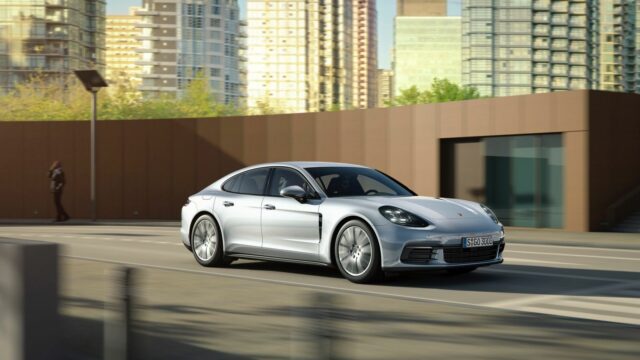Ten years ago, Porsche launched into a new market segment
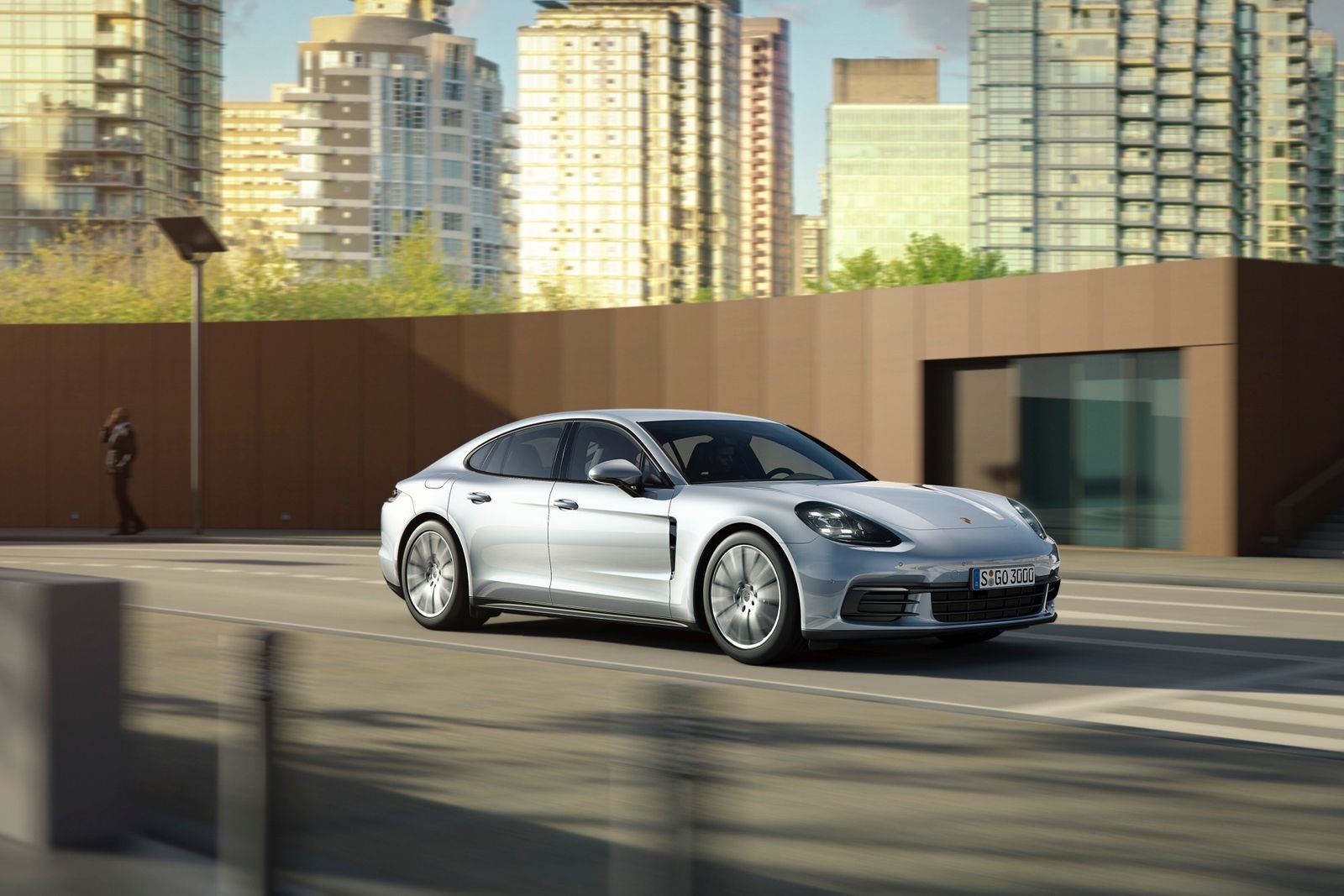

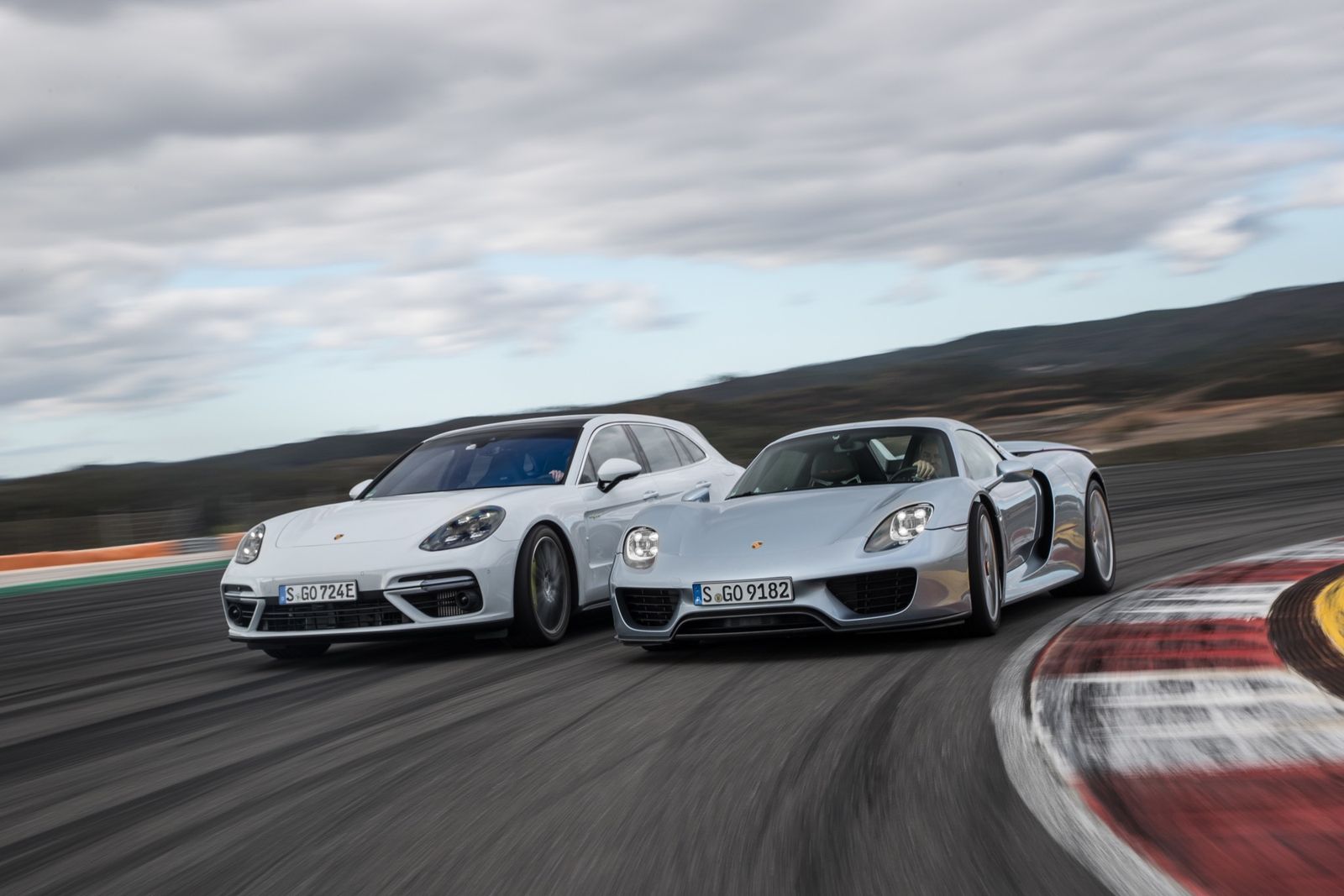
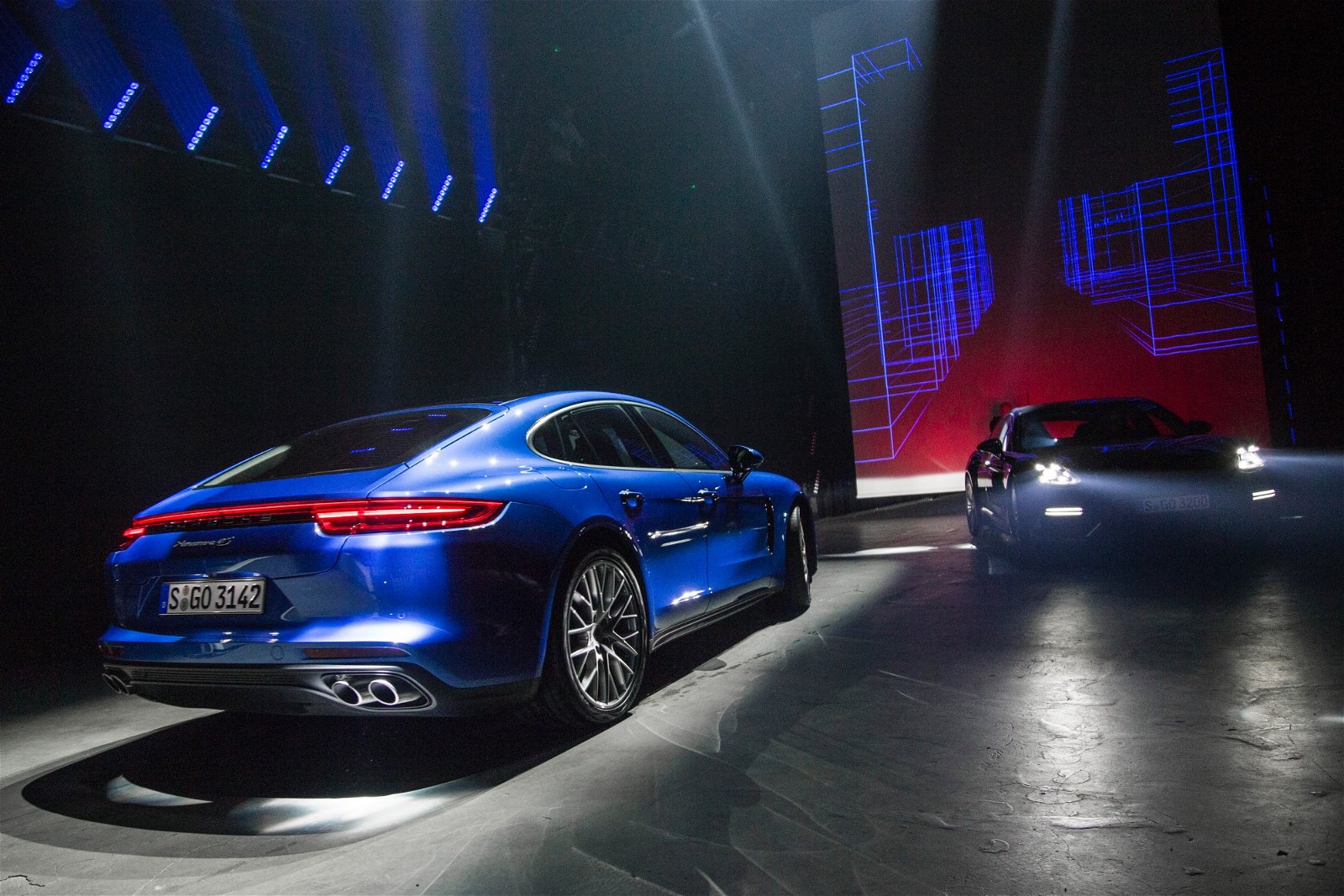
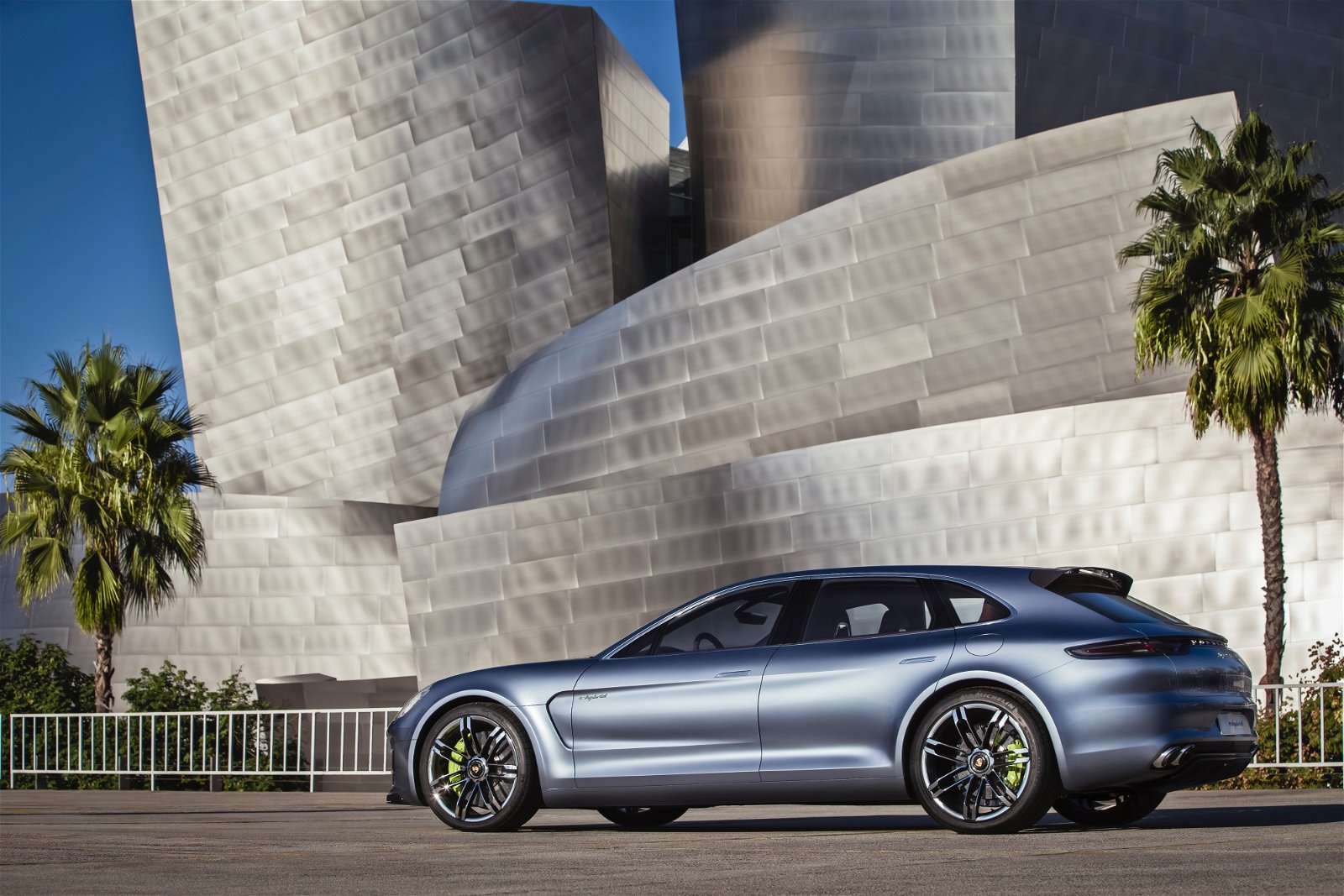



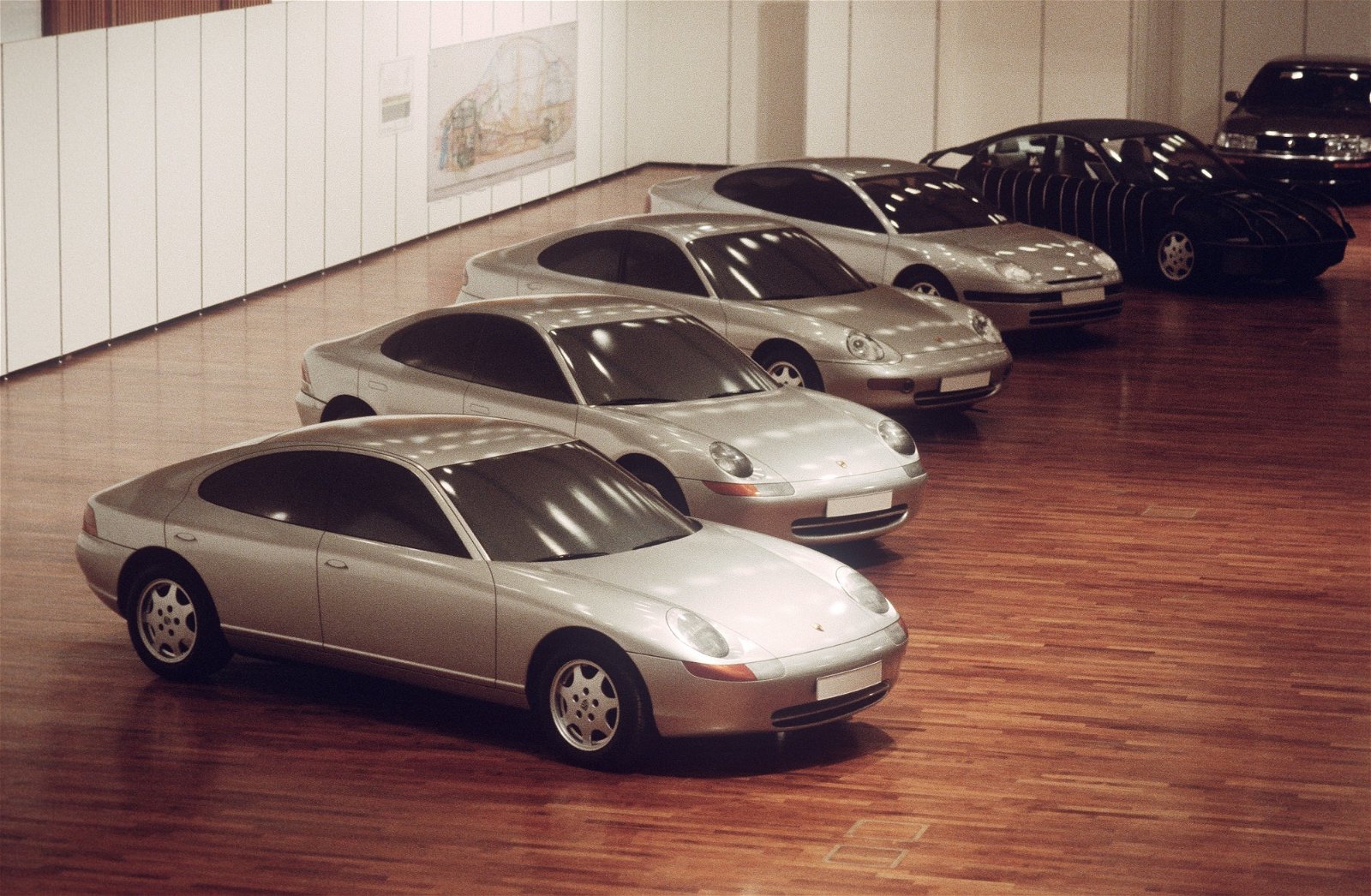
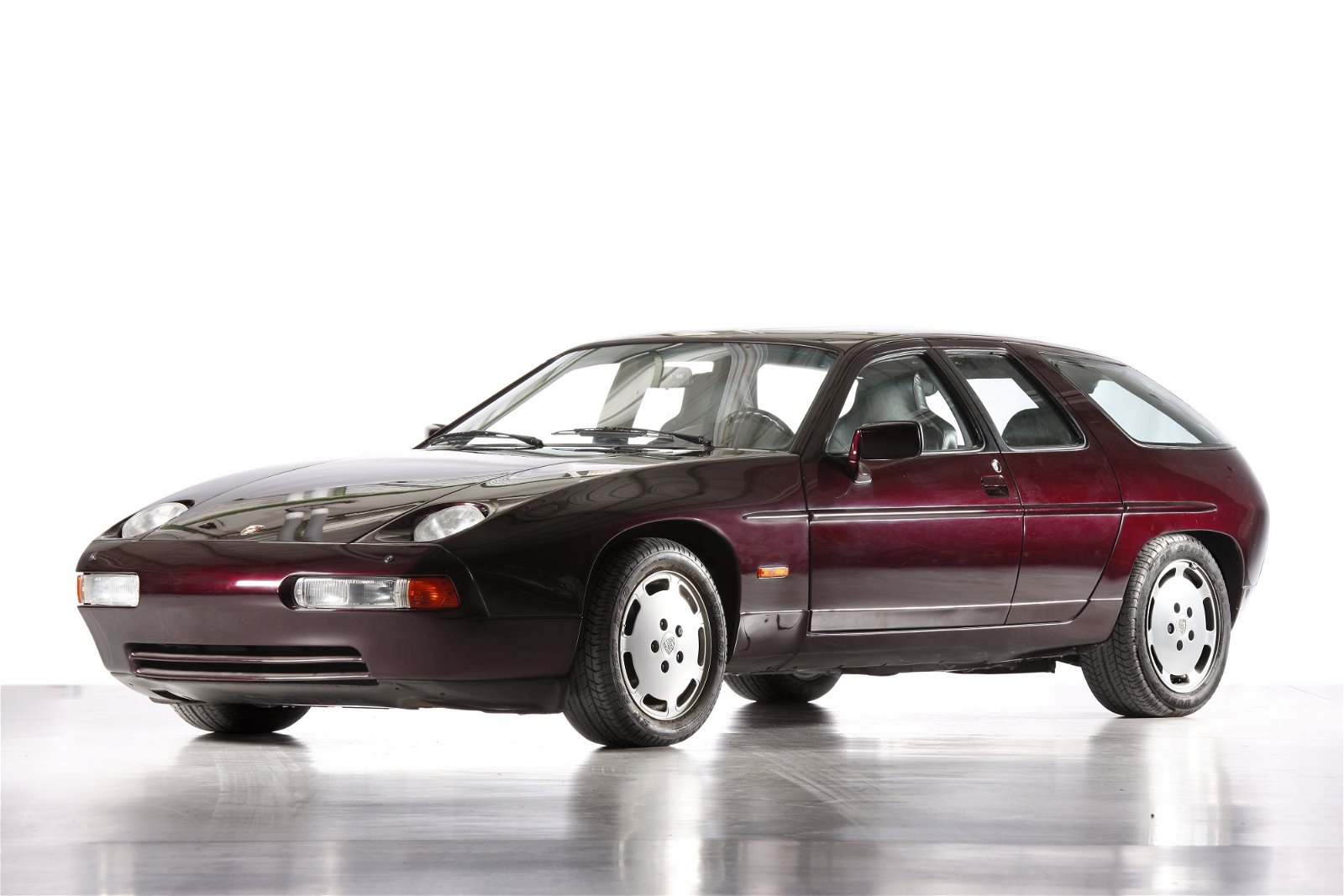
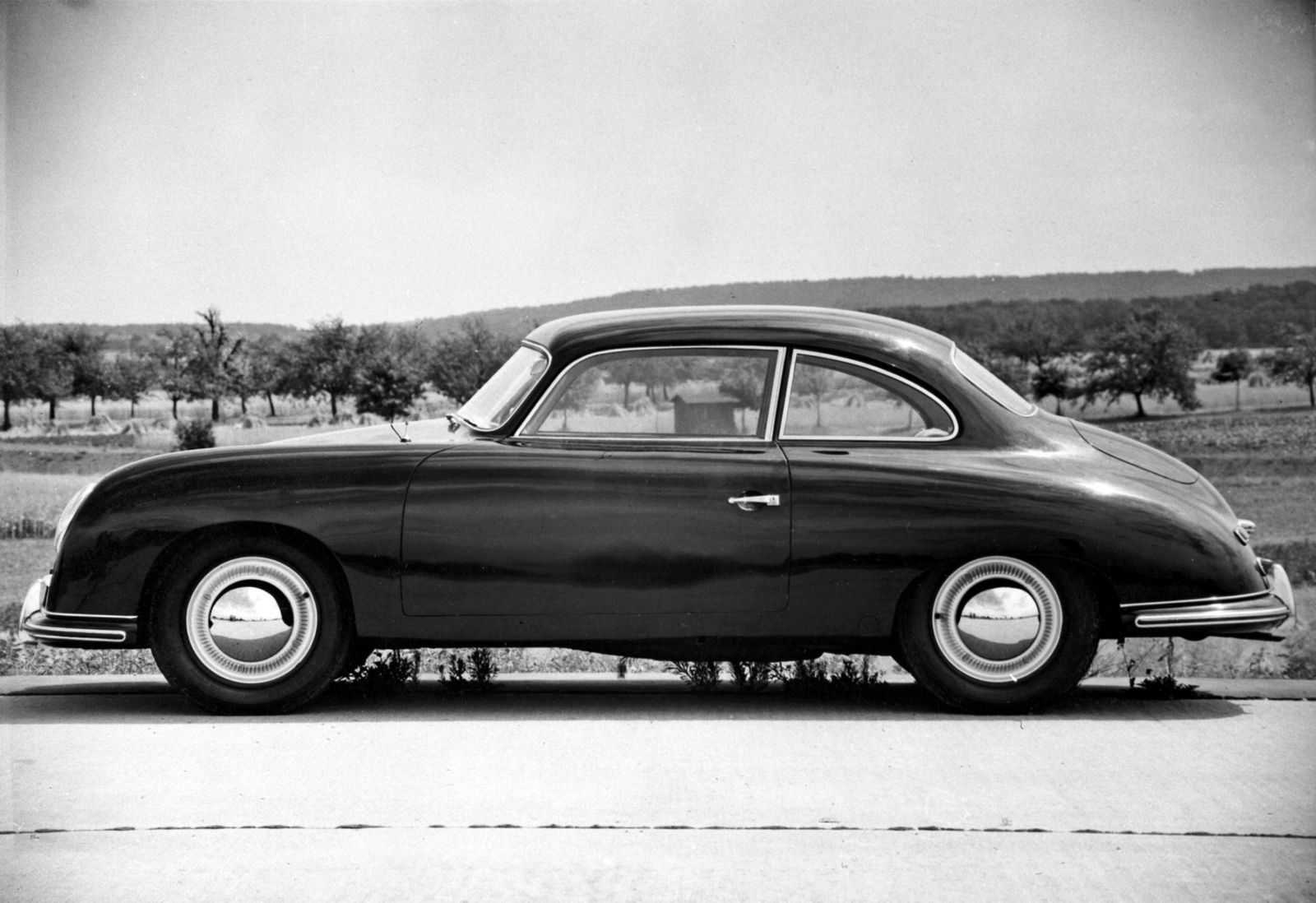
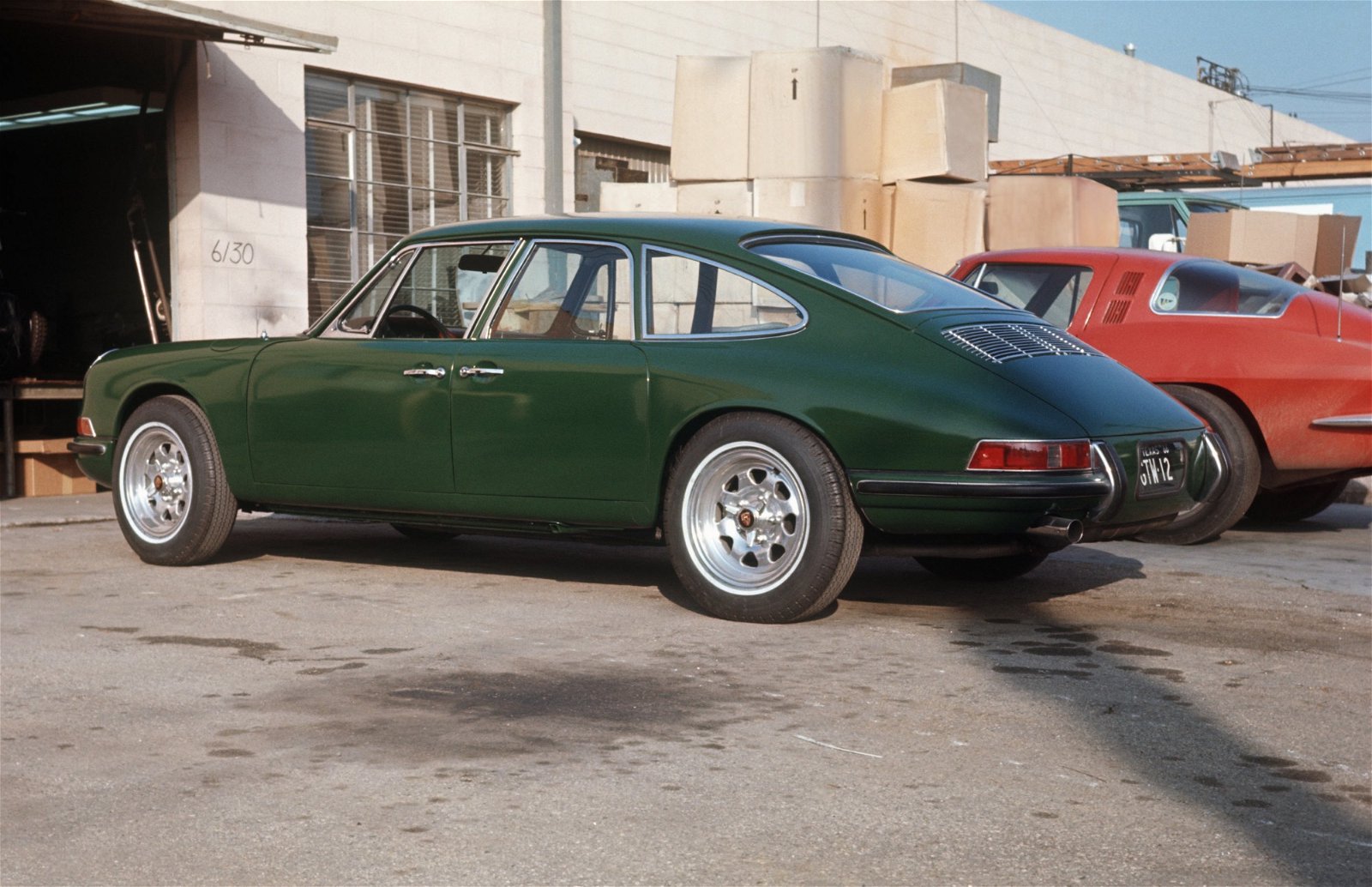

In 2009, Porsche entered the luxury sedan market with the new Panamera. The sports car manufacturer presented its first Gran Turismo in April 2009.
While Porsche initially planned production of 20,000 units per year, the Panamera has long since exceeded all expectations: more than 235,000 cars have been delivered so far.
It was not the first time Porsche had tried something else. In 2002, the German manufacturer introduced the Cayenne, the first Porsche SUV.

The idea for a Porsche that can transport four passengers in style and comfort it's not new. Over the course of the company’s more than 70-year history, Porsche engineers kept coming back to this idea. In the 1950s, they developed a comfortable four-seater based on the 356. Type 530 had a lengthened wheelbase, larger doors and a raised roof at the rear.

Others followed, including a four-door prototype based on the 911 and, in the 1980s, lengthened variants of the 928. Ferry Porsche used one of these as his private car.

In 1988, Porsche made a new attempt with Type 989: the four-door coupé offered space for two full seats in the rear. The drive power was provided by a V8 front engine. Design elements from the 989 were later incorporated into the 911 of the 993 generation. Like all similar concepts before it, however, the 989 remained a prototype. For economic reasons, development was discontinued at the start of 1992.

The Panamera model was in the works at the beginning of the new millennium. Porsche conducted market studies, analysed the competition and decided to develop a four-door hatchback saloon. Stepping into the luxury class was to no small extent the wish of then Chairman of the Executive Board, Wendelin Wiedeking. Included in the specifications were outstanding driving dynamics, generous space conditions and a quintessentially Porsche appearance.

Michael Mauer, Vice President Style Porsche, adds: “We wanted to build a four-seater sports car with a fast roofline, large tailgate and hatchback.” During the design process, the three concepts “Mirage”, “Meteor” and “Phantom” emerged. The later production model would have most in common with the muscular-looking Mirage. In the end, elements from all three variants were used – and a new name was chosen: Panamera, inspired by the Mexican endurance race “Carrera Panamericana.”

The Panamera’s first official appearance on April 19, 2009 was spectacular: Porsche invited media from all over the world to a press conference on the 94th floor of the World Financial Center in Shanghai. The Panamera was manoeuvred upright into a
freight lift with the help of a purpose-built carriage. This took 60 members of staff several hours, and just one minute for the lift to ascend 400 metres.

The first generation Porsche Panamera used V6 and V8 engines covering a power output from 250 to 550 PS with petrol, diesel and hybrid drives. The Executive variant with extended wheelbase – mainly for Chinese customers – appeared as part of the 2013 facelift. The engines became more powerful, developing up to 570 PS.
[Photo:98171] The second generation Panamera was introduced in 2016. Along came a third variant developed on the same platform: the Sport Turismo.The G2 was even sportier and more elegant, but with the same generous space: the roofline fell away sooner, the rear had a slight counter curve while the horizontal taillights highlight the brand identity. The power output spectrum started at 330 PS, today the top model is a 680 PS plug-in hybrid.

